In this NewsFlash, how gut bugs alter your risk of heart disease, increasing efficiency by adding flaps to wind turbines, and how clutter causes prejudice. Plus, how a population of stem cells that spontaneously organise themselves into the right shape for the retina could be used to restore sight after injury or illness...
In this episode
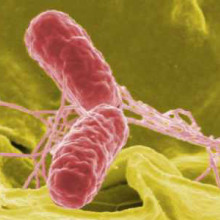
00:28 - Gut bugs and heart disease
Gut bugs and heart disease
We all know that what we eat can affect our risk of heart disease - for years health professional have been giving the message that cutting the amount of fat in your diet can help to cut your risk. But it's not clear exactly how a high-fat diet contributes to heart disease risk, as it's not a straight relationship between the fat you eat and the fatty compounds that get laid down in your arteries and cause problems. 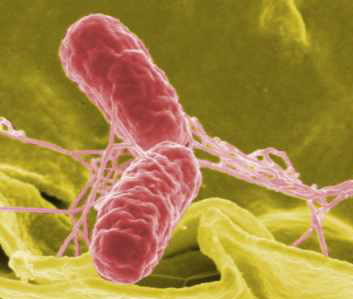
Now a new paper from researchers in the US, published in the journal Nature this week, provides an interesting new angle - they think that it might be the bacteria in your gut that turn fat in your diet into the gloop that clogs your arteries.
The scientists, led by Zeneng Wang, started off by taking a relatively new approach, known as metabolomics, to search for molecules in the body that might be involved in heart disease. They took blood samples from people who had suffered a heart attack or a stroke, and compared the levels of a range of small molecules in their blood with levels in the blood of healthy people.
Intriguingly, they found that people who had suffered heart disease had much higher levels of three molecules that are all produced in the body by the breakdown of phosphatidylcholine, or lecithin - a nutrient that's found in a wide range of foods, but particularly in fatty foods.
When you eat something containing lecithin, enzymes in your gut break it down to produce a molecule called choline. A lack of choline in the diet can cause liver disease and muscle damage, so it's pretty important. But then it gets interesting. Choline is then broken down by bacteria in the gut to produce trimethylamine - a chemical that stinks of rotten fish. This trimethylamine gets taken into your bloodstream and goes to the liver, where it's turned into trimethylamine oxide - and it's this chemical that seems to contribute to the formation of the fatty plaques that can clog arteries and cause disease.
To prove the link between a fatty diet and the levels of the bad chemical trimethylamine oxide (TMAO), the scientists gave a lecithin-rich diet to mice prone to developing heart disease. They found that the fatty diet increased the levels of TMAO in the animals' blood, and the mice had more artery-clogging plaques. And to show that the gut bacteria were involved, the researchers treated mice with some strong antibiotics that nuked all the bacteria in their gut. They found that trimethylamine oxide - the bad chemical - was no longer produced.
We need the bugs in our guts to help us digest our food and keep the gut healthy, so it's not practical (or even really possible) to just get rid of them all. But if scientists can identify exactly which species of bacteria are producing the trimethylamine, then it might be possible to specifically get rid of them. Alternatively, maybe researchers could hunt for some "good" bacteria that might help to control the bad bacteria producing trimethylamine.
And it might also be possible to develop drugs that specifically block the liver enzyme that converts trimethylamine into the plaque-causing TMAO. The research also helps to explain why a fatty diet, with lots of lecithin, might contribute to heart disease - interestingly, choline, produced from lecithin, is sometimes taken by people as a health supplement, so this work suggests that might not be such a great idea if you want to reduce your risk of heart disease.
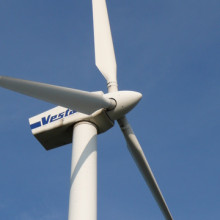
04:15 - Flappy wind turbines
Flappy wind turbines
Wind power is becoming more and more popular, but one of the major reasons that it is so expensive is that the wind is not uniform. On some days the wind blows very slowly but on others it blows very hard or even worse provides vicious gusts. This means that you have to build a wind turbine that can survive the worst gusts which makes it far heavier than it has to be for 99% of its normal use. Most turbines can feather or change the angle of their blades in very high winds to avoid damage, but this can be too slow to avoid damage from a quick gust.
A group from Risø DTU in Denmark is working on a technology which may help. In the same way that you can change the amount of lift on a plane wing using flaps, or aerolons to control the plane, if you add a trailing edge flap to the wind turbine blade you can greatly alter the amount of lift it is producing and therefore the forces on the structure.
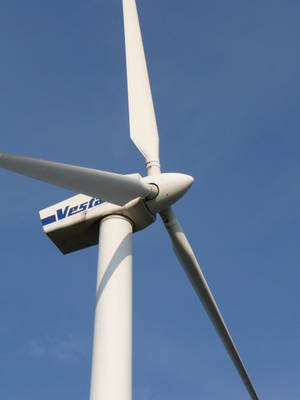 The big difference between a wind turbine blade and a wing is that an aeroplane is moveable and can be regularly maintained, where as wind turbines are usually in inaccessable places, and maintainance would stop them being economic anyway. This means that conventional mechanical flaps wouldn't work, so the group is working on flexible rubber or plastic flaps which can be activated by pumping air or hydraulic fluid into specially designed cavities at the rear of the flap.
The big difference between a wind turbine blade and a wing is that an aeroplane is moveable and can be regularly maintained, where as wind turbines are usually in inaccessable places, and maintainance would stop them being economic anyway. This means that conventional mechanical flaps wouldn't work, so the group is working on flexible rubber or plastic flaps which can be activated by pumping air or hydraulic fluid into specially designed cavities at the rear of the flap.
As the flap is much lighter than the whole blade it can be activated far more quickly than the feathering system so it can adapt to individual gusts without a huge use of energy, which should enable wind turbines to be built lighter and therefore cheaper.
They have built laboratory models which are very promising, and the group is now moving onto building a real test wind turbine.
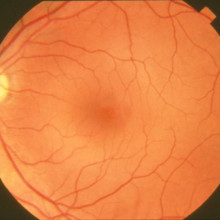
06:24 - Scientists grow retina in a dish
Scientists grow retina in a dish
Visionary scientists grow retina in a dish - In a landmark breakthrough in developmental biology, scientists in Japan have succeeded in growing a retina in a dish.
The research, published in the journal Nature by Mototsugu Eiraku and his colleagues at the RIKEN Centre for Developmental Biology in Kobe, marks a step change for the field of regenerative medicine.
Where previously scientists had shown that it was feasible to persuade stem cells to turn themselves into a limited subset of retinal components, nobody had quite expected that it would be possible to grow a whole retina just yet. The key to the breakthrough appears to be the way that the team set up their experiments.
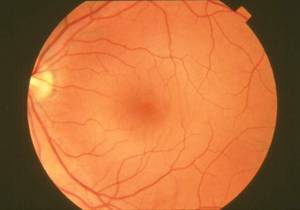 They used mouse embryonic stem (ES) cells, which were grown in a three dimensional culture system that included components called extracellular matrix materials. This triggered some of the ES cells to form ball-like vesicles, which, with further nurturing, then developed an invagination on one side that sank into the ball, producing a cup-shaped structure strongly resembling the developing eyeball see in an embryo.
They used mouse embryonic stem (ES) cells, which were grown in a three dimensional culture system that included components called extracellular matrix materials. This triggered some of the ES cells to form ball-like vesicles, which, with further nurturing, then developed an invagination on one side that sank into the ball, producing a cup-shaped structure strongly resembling the developing eyeball see in an embryo.
Within this structure and after about nine days total in culture, the cells of the mature retina then began to appear, including the pigmented epithelial cells that form the supprting layer at the back of the eye; this was followed by the formation of rod and cone photoreceptors, the specialised cells that turn light waves into nerve signals.
It should be emphasised that this process all occurred spontaneously, without further manipulation on the part of the researchers, meaning that, at the moment, the molecular signals driving this process aren't known. But this feat has established a system that will now enable scientists to study the development of the retina.
Perhaps more importantly, it also means that the possibility of re-growing a retina to replace one destroyed by disease or trauma has come one important step closer.
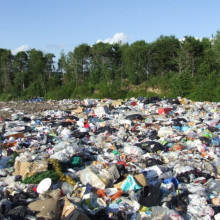
12:15 - Chaos and clutter cause prejudice
Chaos and clutter cause prejudice
Manners maketh man, and a tidy street stops stereotyping - In a surprise finding from the Netherlands, researchers have discovered that choas and clutter cause people to be far more prejudiced than when things are kept tidy.
Writing in Science, University of Tilberg scientists Diederik Stapel and Siegwart Lindenberg took advantage of a strike by cleaners at Utrecht train station to test the impact of a messy environment on peoples' prejudices towards others.
Asking a mixture of white men and women to take part in a questionnaire, the researchers invited the participating commuters to sit on one of a line of six chairs, a seat at one of which was already occupied by either a white or black assistant. Unbeknown to the volunteers, the researchers were watching which seat in the row they elected to sit on.
 When the station was messy at the height of the strike, the participants sat, on average, 50% further away from the already-seated individual compared with when the station was tidy - but only if he was black. When the already-seated individual was white, there was no difference between tidy and messy days and the participating commuters left an average of two empty seats between themselves and the person already sitting down.
When the station was messy at the height of the strike, the participants sat, on average, 50% further away from the already-seated individual compared with when the station was tidy - but only if he was black. When the already-seated individual was white, there was no difference between tidy and messy days and the participating commuters left an average of two empty seats between themselves and the person already sitting down.
The researchers then carried out a similar experiment in an affluent Dutch suburban street. On the first occasion the street was made to look scruffy, with paving slabs removed, a car parked on the pavement and a bike abandoned beside the road.
Passers-by were stopped and asked to fill out a survey asking questions about stereotyping; they were then given some money for taking part and then invited to donate some of it to a charity supporting minorities.
The researchers then returned the street to its formerly-orderly appearance and repeated the process. In the untidy setting, respondents were far more likely to display prejudiced behaviour and also donated significantly less money to the minorities charity than when the environment was tidy.
The researchers then went on to demonstrate that pictures of disorder and even information presented subconsciously in a disordered way could induce similar behaviours in study participants.
But why? Their explanation is that perceived disorder in a person's surroundings trigger a craving to create order, which includes using highly simplified categories and judgements to classify the world, which in turn trigger discriminatory behaviours.
This, they say, is a learning point for local councils and civil amenities providers, pointing out that "Signs of disorder such as broken windows, graffiti and scattered litter will not only increase antisocial behaviour, they will also automatically lead to stereotyping and discrimination.
Thus...investing in repair and renovation, and preventing that neighborhoods fall into disarray, may be relatively inexpensive ways to reduce stereotyping and discrimination."
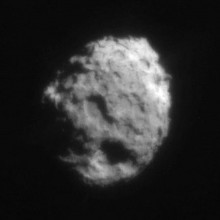
16:28 - Comets may have had a watery past
Comets may have had a watery past
Comets are termed dirty snowballs, mainly made up of water, and carbon-dioxide ice with a few rocky minerals mixed in. They are thought to have formed way out in the cold outer reaches of the solar system and are then deflected somehow into the inner solar system where the heat of the sun causes the water, carbon-dioxide and other volatiles to sublime straight to a gas throwing out lots of material and forming the comet's tail. Because the pressure is so low, liquid water should not be able to exist.
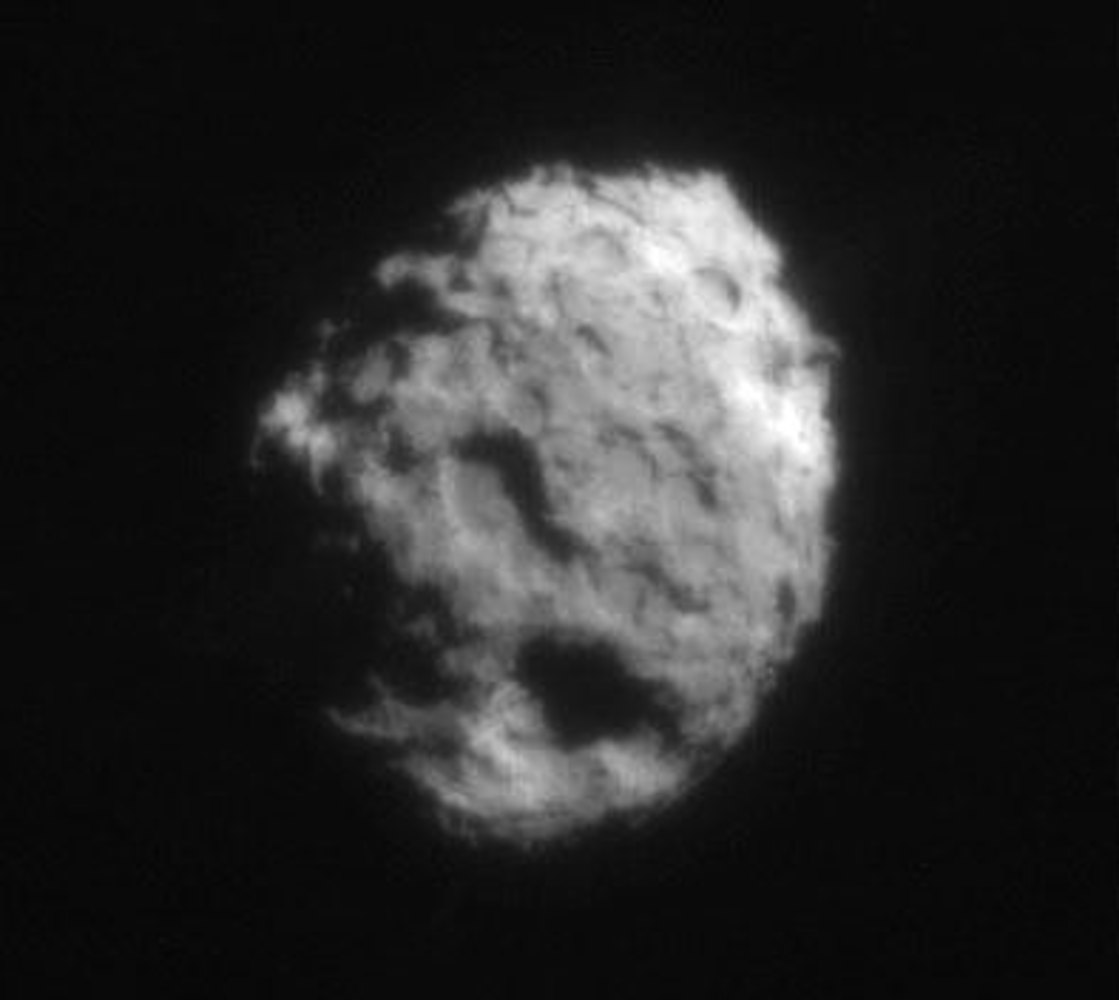 Up until recently though there way no way of prooving this, but NASA's stardust mission made a close flyby of the comet Wild 2 in 2004, and in this flyby it flew through the comet's tail, and mounted on the spacecraft was a plate made out of the increadibly low density silica based material aerogel. This meant that any small dust particles hitting the plate were slowed down gently and trapped. The sample plate was then returned to earth in 2006, and ever since NASA scientists have been very carefully studying the grains of cometary material since then.
Up until recently though there way no way of prooving this, but NASA's stardust mission made a close flyby of the comet Wild 2 in 2004, and in this flyby it flew through the comet's tail, and mounted on the spacecraft was a plate made out of the increadibly low density silica based material aerogel. This meant that any small dust particles hitting the plate were slowed down gently and trapped. The sample plate was then returned to earth in 2006, and ever since NASA scientists have been very carefully studying the grains of cometary material since then.
Eve Berger and collegues are some of those who have been doing so, and the have found a copper iron sulphide mineral called cubanite in some of the cometry grains. This is particularly interesting, because cubanite is only produced in the presence of liquid water and it has two forms, one stable above 210 celcius and the one they found which is only stable below 210 celcius, so they know the grains haven't heated up since they were formed.
Either the cubanite was created somewhere else and got integrated into the comet which is interesting, or even more interesting the cubanite was formed in the comet, possiblly in a collision showing comets have a more unique geological history than was thought before.
Related Content
- Previous Why do we get circles around or eyes?
- Next Are Dogs Ticklish?










Comments
Add a comment